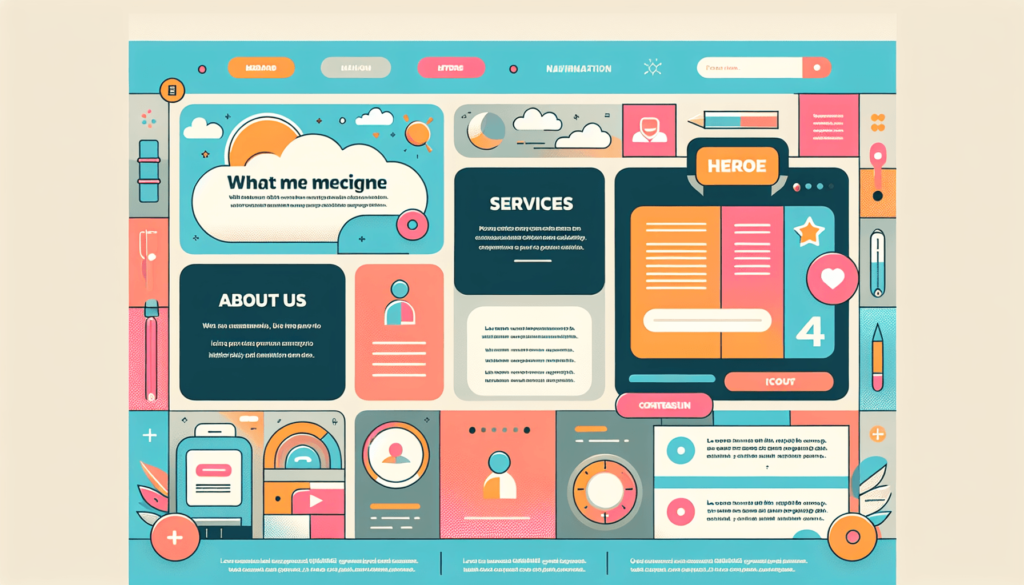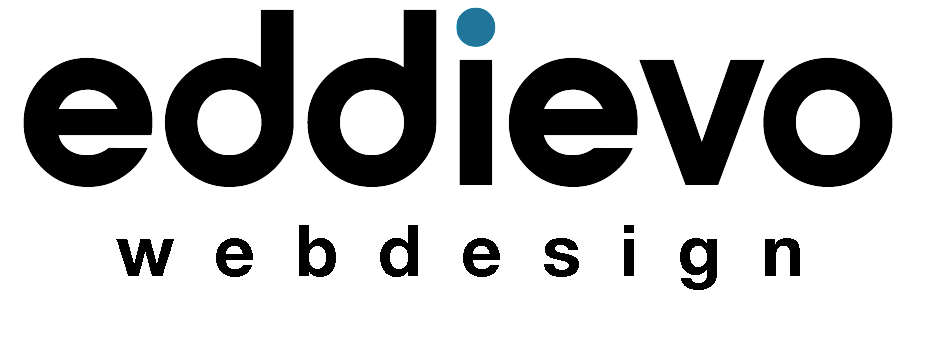Beyond Buttons: Captivating Your Audience with Interactive Web Design
In today’s digital age, where user engagement is the holy grail of online success, Interactive Web Design emerges as a powerful tool for captivating and retaining your audience. Unlike traditional static websites, interactive design fosters a dynamic user experience that not only attracts attention but also encourages meaningful interaction. Let’s explore how integrating interactive elements can transform your website into a magnet for engagement.
In the age of instant gratification, static websites simply don’t hold the power to capture user attention for long. Enter interactive web design, a dynamic approach that transforms websites from passive experiences into engaging playgrounds. Imagine a website that transcends the limitations of buttons and menus, inviting users to actively participate and explore. Let’s dive into the world of interactive web design and explore how it can captivate your audience and breathe new life into your website.
What is Interactive Web Design?
Interactive web design involves creating web pages that actively engage users by responding to their actions, providing tailored experiences, and eliciting real-time feedback. It goes beyond mere aesthetics to focus on functionality and user experience. Whether it’s through animations, clickable elements, quizzes, or immersive multimedia, the goal is to make visitors feel involved and connected.

Enhancing User Engagement
- Personalized Experiences: Interactive design allows you to personalize user journeys based on preferences and behavior. By presenting content dynamically, such as recommended products or customized interfaces, you can significantly enhance user engagement.
- Encouraging Exploration: Interactive elements like interactive maps, sliders, and scrolling effects encourage users to explore your website further. This not only increases time spent on your site but also reduces bounce rates, indicating higher visitor satisfaction.
- Feedback Mechanisms: Incorporating feedback forms, ratings, and comment sections allows users to express their opinions directly. This fosters a sense of community and demonstrates that their input matters, thus strengthening user trust and loyalty.
Types of Interactive Elements
- Micro-interactions: Small animations or hover effects that provide immediate feedback, making interactions more intuitive and engaging.
- Gamification: Adding game-like elements such as quizzes, progress bars, or challenges can make mundane tasks more enjoyable and encourage repeated visits.
- Virtual Reality (VR) and Augmented Reality (AR): For more immersive experiences, VR and AR technologies can transport users to virtual environments or overlay digital information onto the real world.
Benefits for Business
From a business perspective, investing in interactive web design offers several advantages:
- Increased Conversion Rates: Engaged users are more likely to convert into customers or subscribers, as interactive elements guide them through the sales funnel.
- Improved SEO: Search engines prioritize websites that keep users engaged. Interactive design can lower bounce rates and increase dwell time, signaling to search algorithms that your site provides valuable content.
- Brand Differentiation: In a crowded digital landscape, a well-executed interactive design sets your brand apart. It demonstrates innovation and a commitment to user satisfaction, enhancing brand perception.
Implementing Interactive Design Effectively
To leverage the power of interactive web design effectively:
- Understand Your Audience: Tailor interactive elements to resonate with your target demographic’s preferences and behaviors.
- Keep it Intuitive: Ensure interactions are intuitive and seamless. Complex designs or excessive animations may overwhelm users and detract from the user experience.
- Monitor Performance: Use analytics to track how users interact with different elements. Adjust your design based on insights to continuously improve engagement.
Conclusion
Interactive web design isn’t just a trend; it’s a strategic approach to engage and delight users while achieving business goals. By integrating interactive elements thoughtfully, you can transform your website into a dynamic hub that attracts, retains, and converts visitors. Ready to elevate your online presence? Embrace interactive web design and watch your audience become active participants in your digital journey.

